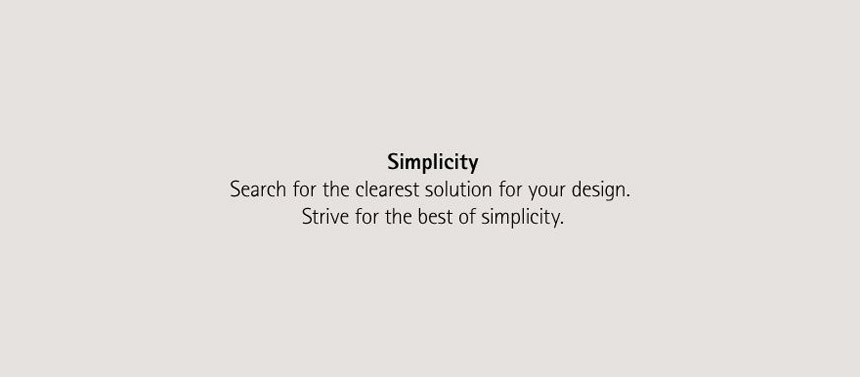

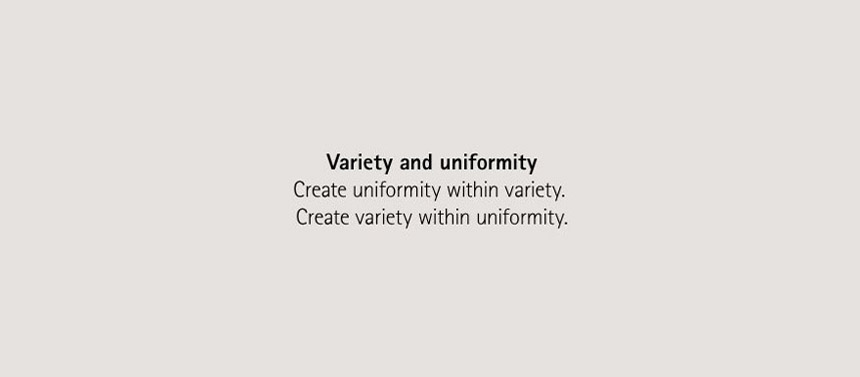
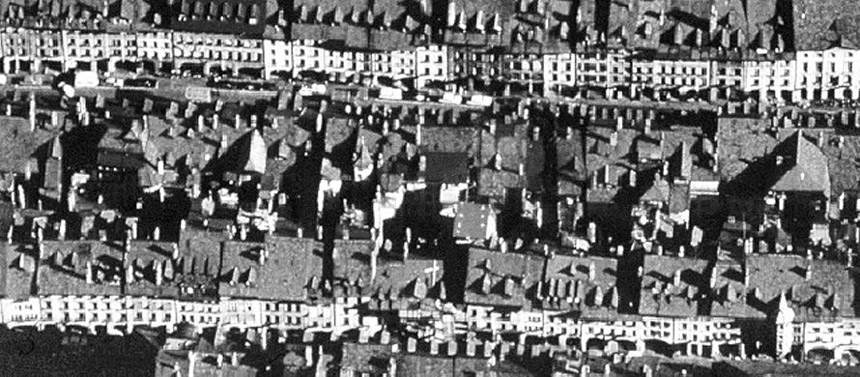
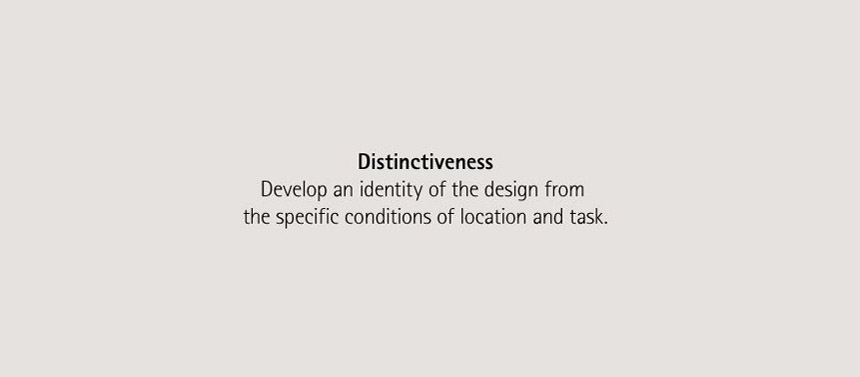
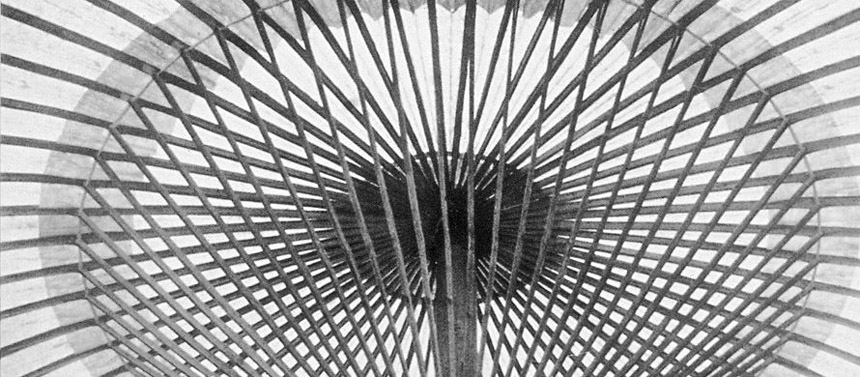
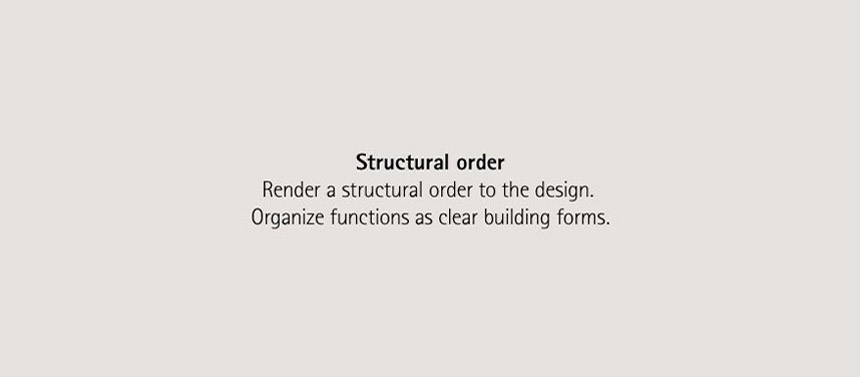

Philosophy
Dialogue and Responsibility
The architect has a particular social responsibility since architecture is an art with social obligation and use. This understanding of architecture has characterized the work of gmp for forty years and has earned the office professional recognition worldwide.
The aac teaches architecture in dialogue, the discourse between the requirements for architecture and the architects themselves. This is a process characterized by exchange, in which the involved parties display a mutual interest in and influence on one another. Each architect conducts this dialogue differently, based on his personal preferences and abilities. Nonetheless, architecture is always the product of such dialogue.
The teaching at the aac is based on Dialogical Design. This approach assumes that the architect represents society and not himself.
Moreover it prevents the dead end path of one-sided specialization, thus enabling the architect to creatively master the conception of architecture in its higher dimension. It allows him to lucidly, rationally and expediently supervise and take responsibility for a project from its first sketch to its realization. Dialogue is never an end in itself but completely devoted to practical application. The architect who thinks and works in dialogue must be willing to make compromises and yet be able to resist mediocrity. It is not the standardization of architectural language that is the concern of the aac, but rather the stimulation of the architect’s personality as a specialist for the entirety.

Philosophy
Guidelines
The guidelines of Dialogical Design are the cornerstones of the aac’s architectural position.
The guidelines

